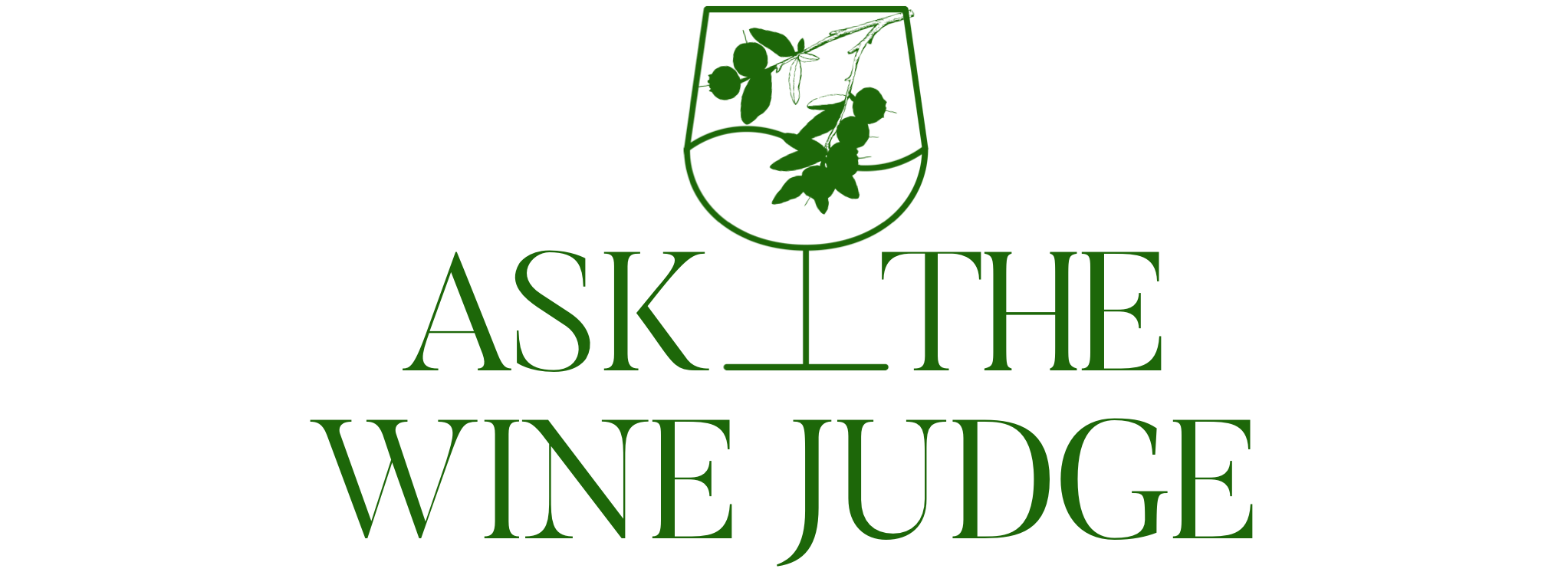Table of Contents
Have you ever hesitated to open a bottle of wine, wondering how long it will last once you’ve uncorked it? The truth is that the lifespan of an opened wine bottle can vary greatly. It’s not just about the type of wine, but also how you protect it after opening. There are ways to keep your wine tasting great for days, or even longer, which means you can savor every drop at your own pace.
Whether it’s a festive bubbly or a robust red, understanding the factors that affect an opened wine’s freshness can enhance your drinking experience. Let’s explore the science and art behind keeping your wine in prime condition after the seal is broken. And remember, your palate is the ultimate judge, so trust your taste and enjoy the journey!
The Science Behind Wine’s Shelf Life Post-Opening
Once a bottle of wine is opened, it starts a race against time. Oxygen, which can enhance wine’s flavors initially, soon becomes its enemy, leading to deterioration. But why does this happen, and what can you do to slow down the process? The key lies in the science behind wine’s interaction with air and how preservation techniques can keep your wine fresh for future enjoyment.
Upon opening a bottle of wine, oxidation begins its relentless work. This natural chemical reaction involves oxygen interacting with the wine’s components, altering its character. At first, oxidation can mellow the flavors, but leave the bottle open too long, and the wine will gradually lose its vibrancy, taking on a flat taste and a brownish hue, much like a sliced apple left out on the counter.
But it’s not all doom and gloom! There’s a sweet spot where the right amount of oxygen can enhance the wine’s complexity. The trick is to find that balance and know when your wine has reached its peak post-opening. Have you ever noticed a change in your wine’s flavor after leaving it out?
How Temperature Influences Open Wine Longevity
Temperature plays a crucial role in how long your open wine remains enjoyable. Colder temperatures can slow the oxidation process, helping preserve the wine’s freshness. This is why you might store an opened white wine in the fridge. But what about reds? Even these benefit from cooler temperatures, though not as cold as a refrigerator. A wine cooler set to the ideal temperature can be a great investment for your wine collection.
Keeping your open wine away from direct sunlight and heat sources helps maintain its integrity. Have you ever left a bottle of wine in a hot car and noticed it tasted different later? Heat can accelerate oxidation and spoil the wine quickly. So, keep your wines cool, but not too cold, to prolong their best qualities after opening.

Types of Wine and Their Post-Opening Lifespan
Wine lovers often ask how long different types of wines last after opening. Red, white, and sparkling wines each have timelines, influenced by factors like tannins, acidity, and alcohol content. Proper storage and temperature can greatly extend these timeframes, allowing you to enjoy your wine for days, or in some cases, even longer.
How Long Does Red Wine Last?
After opening, full-bodied reds can last beautifully for about 3-5 days if stored properly. Their tannins and higher alcohol content can help fend off oxidation. Sparkling wines, however, are more fleeting and best enjoyed within a day or two. But what about fortified wines like port? Their high alcohol content means they can stay delightful for weeks.
Full-Bodied Reds vs Lighter Varietals
When it comes to post-opening longevity, full-bodied reds like Cabernet Sauvignon and Merlot, with their robust structure, tend to keep wine fresh longer than lighter varietals. Storing these reds in the refrigerator after opening can help extend their life, ensuring the last glass is as enjoyable as the first. Have you noticed a difference in taste when you refrigerate your reds?
Duration of White Wines & Rosé After Opening
Typically, full-bodied white wines, which might include an oaked chardonnay and viognier, have a sturdier structure that allows them to remain vibrant longer than their lighter counterparts. These wines stay fresh for about 3 to 5 days, as chardonnay and viognier tend to oxidize slower when exposed to additional oxygen—something these wines have already experienced a bit of during their pre-bottled aging process. On the other hand, your delicate rosé is best enjoyed within 2 to 3 days after opening for optimal taste.
Assessing the Freshness of Light Whites and Rosé Wine
Ever take a sip and ponder, “Is my wine still fresh?” Well, for light whites and rosé, your best clue is in the fruity flavors when the wine is at its peak. These should be bright and lively, not dull or sour. Lighter white wines and rosés lose their freshness faster, so aim to drink them within 2 to 3 days. And here’s a tip: keep them stored in the refrigerator after opening. The cool temperature helps slow the effects of oxygen and can keep those delicate fruity notes in tune a little longer.
Sparkling Wines: A Race Against Time
Do you ever wonder why your bubbly loses its fizz so quickly? Sparkling wines are a race against time, with their effervescence fleeting once the bottle is popped. Properly stored in the fridge, sparkling wine can retain its vivacious bubbles for a couple of days, but it’s always best to enjoy them sooner to capture that delightful fizz. How do you manage to keep your sparkling wine bubbly for longer?
Recognizing and Addressing Wine Spoilage
There’s nothing quite as disappointing as a glass of wine gone bad. Recognizing spoilage is crucial to avoid an unpleasant sip. If your wine has a sour smell or an odd, off-putting flavor, it’s time to say goodbye. But don’t worry, there are ways to prevent this heartbreak. Keep your wine properly sealed and stored in a cool place to help it last longer. Have you experienced the pain of pouring a spoiled wine down the drain?
Telltale Signs That Wine Is Off
When wine turns, it’s not subtle. You might notice a sharp, vinegary scent or a taste far from the wine’s original flavor profile. A color change can also be a giveaway, with whites turning to a darker yellow and reds becoming brownish. If you’re unsure, trust your senses—if it doesn’t look, smell, or taste right, it’s best to avoid it.
Wine Expiration: Is There Such a Thing?
Wine doesn’t expire like milk, but it does change. Once opened and exposed to air, the oxidation begins, altering the wine’s flavor and aroma. This chemical process can turn a delightful glass into one with a bitter vinegar-like taste and smell. So, while there’s no set expiration date, wine’s character will certainly evolve post-opening.
Creative Uses for Leftover Wine Before It’s Too Late
Leftover wine? Make it shine in the kitchen! Use that last glass of sauvignon blanc and blend it in a zesty marinade or a flavorful sauce. Or, turn your pinot grigio into a delightful poaching liquid for pears. Even light white wines like Vermentino and gewürztraminer can enhance a risotto or a stew. And for those lightweight whites, freeze them into wine cubes for a chilled twist in your next drink. What’s your favorite way to repurpose leftover wine?
Exploring the Longevity of Specialty Wines
Specialty wines march to the beat of their own drum in shelf life. Fortified wines, in particular, boast a resilience that defies the quick spoilage of their lighter counterparts. Properly sealed and stored, these robust bottles can offer enjoyment beyond the opening date.
Sherry, Port, and Madeira Lifespan Insights
Sherry, port, and Madeira are the sturdier siblings in the wine family, thanks to their higher alcohol content and added spirits. Stored in the fridge, a bottle of sherry can last up to a few weeks after opening. Ports are even more forgiving, with some maintaining their character for up to a month or more. Madeira, with its robust nature, can remain enjoyable for an impressive length of time when properly sealed.
But even these fortified champions have their limits. Observing changes in taste, aroma, and color is essential to gauge their optimal drinking window. While they may not spoil as easily, their nuances will sometimes evolve, diminishing the experience. So, how long do you find your fortified wines maintain their best qualities?

Frequently Asked Questions
1. Can you drink red wine days or even a month after opening?
Rich reds, with their tannic structure, can be more forgiving than their lighter counterparts. But how forgiving? Wine can last several days after opening if stored in a cool, dark place, like your kitchen counter. However, investing in a wine preservation tool can extend its life even further, sometimes up to a week or more.
Leaving wine in the refrigerator can help preserve the wine’s flavor, especially for lighter reds. But even the heftiest of wines will start to decline after a while. It’s rare for a red to last as long as a month and still provide an enjoyable experience.
2. How can I detect the expiration date on a wine label?
While wine labels won’t tell you an expiration date, they provide clues. The vintage year can indicate the wine’s age, but how it’s been opened and exposed to air will significantly impact its lifespan. Over time, the chemical process of oxidation takes its toll, leaving behind a bitter vinegar-like taste and smell.
Protecting your wine starts the moment it’s opened. If you don’t plan to finish the bottle, re-cork it promptly, and, if possible, wrap the top with plastic wrap to minimize air exposure. Storing upright in the fridge can also slow down the oxidation process.
A Toast to Knowledge: A Concluding Sip of Wisdom
As we wrap up our journey through the world of wine post-opening, remember that the pleasure of a good bottle can still be savored for up to 4 weeks, given the right care. Have you ever marveled at how a particular red managed to maintain its charm even after several days? Or perhaps you’ve been pleasantly surprised by a white that seemed to evolve with each passing hour in the fridge? It’s all about understanding and applying the right techniques to extend that wine’s life.
Your newfound knowledge of wine longevity isn’t just practical; it’s a toast to the joy of sipping on a glass that tastes as good as the day it was opened. Why not invite friends over and impress them with your ability to preserve that special bottle? And if you find a method that works wonders for you, share your experience! After all, isn’t wine about bringing people together, creating memories, and sharing stories?

Sed non elit aliquam, tempor nisl vitae, euismod quam. Nulla et lacus lectus. Nunc sed tincidunt arcu. Nam maximus luctus nunc, in ullamcorper turpis luctus ac. Morbi a leo ut metus mollis facilisis. Integer feugiat dictum dolor id egestas. Interdum et malesuada fames ac ante ipsum primis in faucibus.




